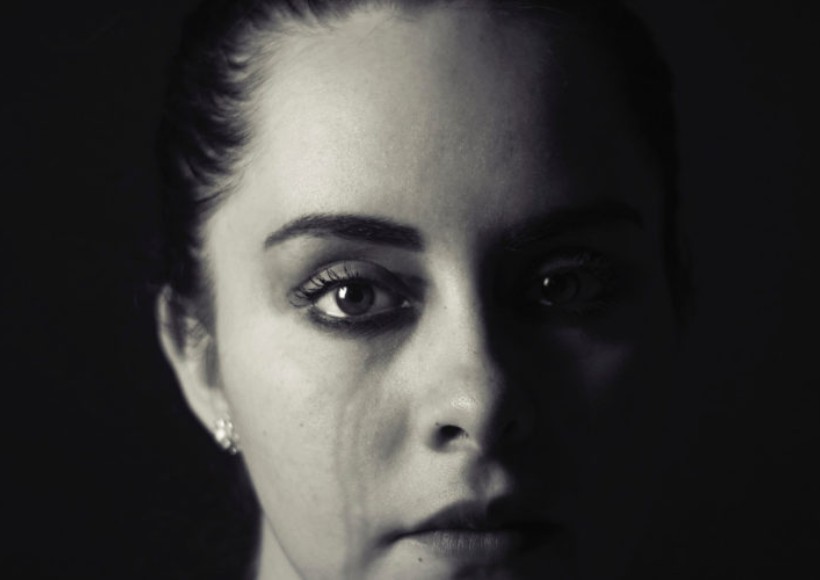By Russel Webster
Prison environments and women prisoners’ needs are complex and demand gender-aware care in view of women’s vulnerability and histories of trauma.
Psychiatry alone too little, too late
We need a paradigm shift in our approach to addressing the mental health needs of women in prison.
That’s the view of Annie Bartlett and Sheila Hollins in a recent (February 2018) British Journal of Psychiatry article.
They note that the recent focus on women offenders’ vulnerability and trauma histories, as opposed to their criminality, has led to calls for more effective alternatives to custody in England and Wales, although these are still awaited with the MoJ postponing its women’s strategy again recently through lack of funds.
The high levels of deaths and self-harm among women offenders is well known and documented throughout this site: 50% of all self-harm incidents in prison are by women. Bartlett & Hollins argue that both the fact of imprisonment and conditions of confinement have gender dimensions.
Women’s deaths in custody are related to geographical dislocation, separation from children and family, bullying, loss of experienced staff, increased time in cells and reduced contact with personal officers, as well as unmet mental health and substance misuse needs.
Understanding the relevance of the prison world
The authors argue that Prison healthcare is not delivered in a vacuum. Women prisoners’ distinctive social worlds in prison mean they are more likely than men to maintain social contacts with children.
The frequency and reasons for misconduct in prison differ by gender: women commit fewer prison rule violations. Histories of violent offending, mental illness and physical abuse are risks for men whereas isolation from external social support is a risk for women. Women prisoners also more often seek social support from prisoner activities. Many prison regimes, including those of the UK, were designed for more serious male offenders.
Neither routine security practices nor the ethos of confinement were designed for women but have been imposed on them with scant regard for their lower level of offending or their gender-specific histories, needs, roles and values. To be successful healthcare delivery needs to take into account not only women’s social systems inside and outside the prison walls but also the detail of the particular criminal justice jurisdiction as applied to women.
Conversely, prisons, at best, can be a resource for health gain. They may offer a relatively drug-free environment compared with the woman’s normal circumstances (detoxification and psychosocial interventions), access to screening programmes (such as blood-borne viruses, cervical and breast cancer), exercise and the acquisition of life skills that can contribute to overall mental well-being and successful social reintegration.
Redefining the mental health task
Bartlett and Hollins conclude by arguing that women prisoners’ distinctive early adverse experiences, their adult female social roles and often self-destructive ways of coping with demands and difficulties can combine to create gender-specific responses to imprisonment.
Evidence supports working with women to address not only obvious mental illness but also trauma, social support needs, ongoing vulnerability and gendered patterns of offending to maximise the odds of a successful post-release outcome.
However, attending to the needs of women already incarcerated would be an inadequate response. Taking the long view will require attention to the root causes of women’s distress, with particular attention to maternal mental health, the development of secure parent–infant attachments, safe environment training and universal relationships education.
Early intervention following sexual trauma is needed as social care is failing these girls and women. Equally, the avoidance of women’s imprisonment either by mental health options pre-imprisonment or by suitable community sentences for low-level offending would do much to avoid the perils of prison for women, with and without children. Some countries appear to achieve this; these models require greater scrutiny and replication.
Psychiatry alone offers too little, too late. The intractable, extreme problems presenting to prison mental health services demand clinical leadership for women’s mental health services as part of a broader tapestry of care and support services. That leadership must go beyond the narrowly clinical if it is to contribute to effective services for women with multiple needs in complex and politically charged, clinical and carceral environments.
//
This content has been republished with permission from the author. See the original here.
Russel Webster is an expert in Criminal Justice and substance misuse, and the author of the blog russelwebster.com


